Imagine life 100 years after the United States had won its independence. The year is 1876 and things are changing rapidly in America. Alexander Graham Bell has just invented the telephone. Heinz Ketchup and Budweiser beer make their debut. Here in Kansas, Wyatt Earp is hired to work in Dodge City. The Pony Express had not yet begun its operation. Far to the north, work is completed on the Charles Koester House, in Marysville. Capturing a moment in time is usually done with a camera, but sometimes fortune shines on all of us. Our visit to the Koester House Museum would offer us a chance to take a look back in history.
We want to thank Visit Marysville and Koester House Museum for hosting our visit. Rest assured all opinions are our own.
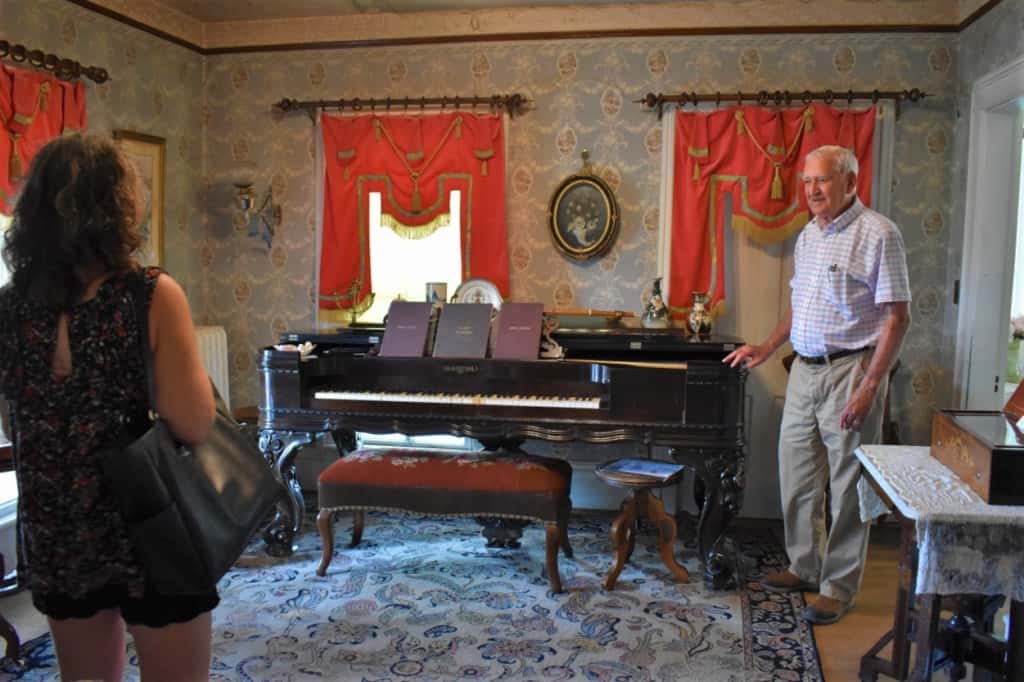
A Grand Tour
Over the years, we have had the pleasure of touring many historic homes. Many have been restocked with period pieces that are a reflection of a specific time in history. The Koester House has an added surprise that when the house was closed up by the family, it still contained original furnishings. When we arrived at the Koester House Museum, we were met by John Howard who would guide us. We had to wrap our minds around the time period that we were visiting, so we could fully appreciate the experience.
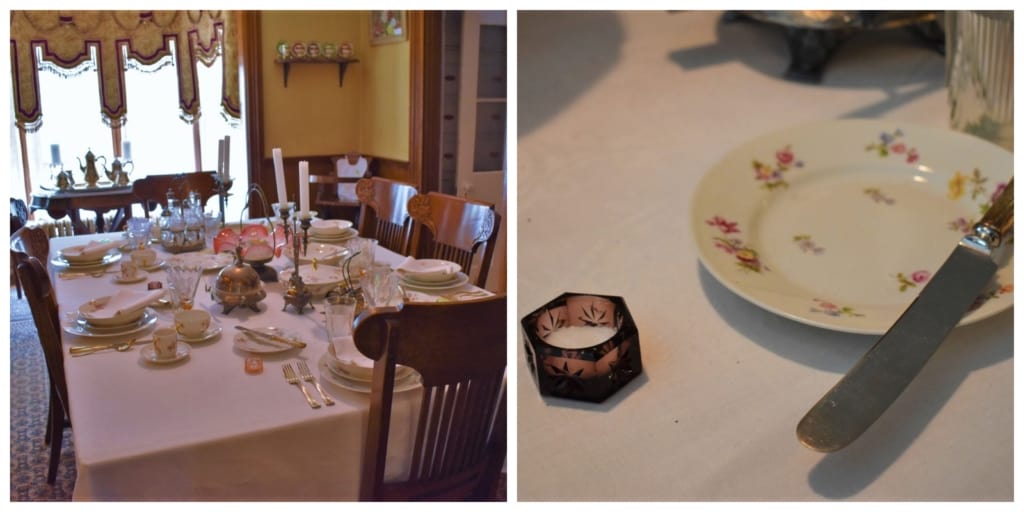
It’s All in the Details
As we moved between rooms, we tried to spy the small details that make up a home. Mr. Koester had immigrated to America in the mid-1800s. He arrived in Marysville in 1857. At that time, the town was one of the farthest west points worth noting, in Kansas. The town had just started as a ferry crossing over the Big Blue River. We had learned about the ferry operation during a visit to the Marshall County Museum. While his early days were certainly bereft of luxury, this would change in later times. In the dining room, we noticed the fine china set out for an evening meal. Everything was prim and proper all the way down to the individual salt cellars.
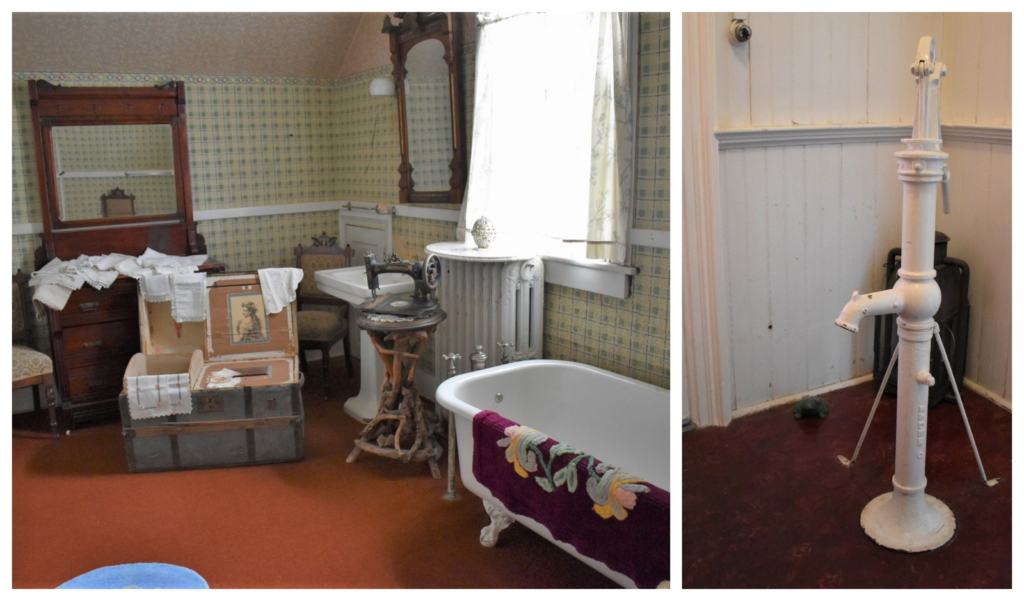
Early Luxuries
When Charles Koester made his way to the region there were only about 20 homes in the town. All of these were quite modest prairie-style buildings. We can just imagine the stares that must have accompanied the construction of this large home. The home was filled with what would have been upscale luxuries in those days. An indoor pump allowed for the residents of the home to access the rainwater collected in an underground cistern. You didn’t have to go outside to collect water for daily needs.
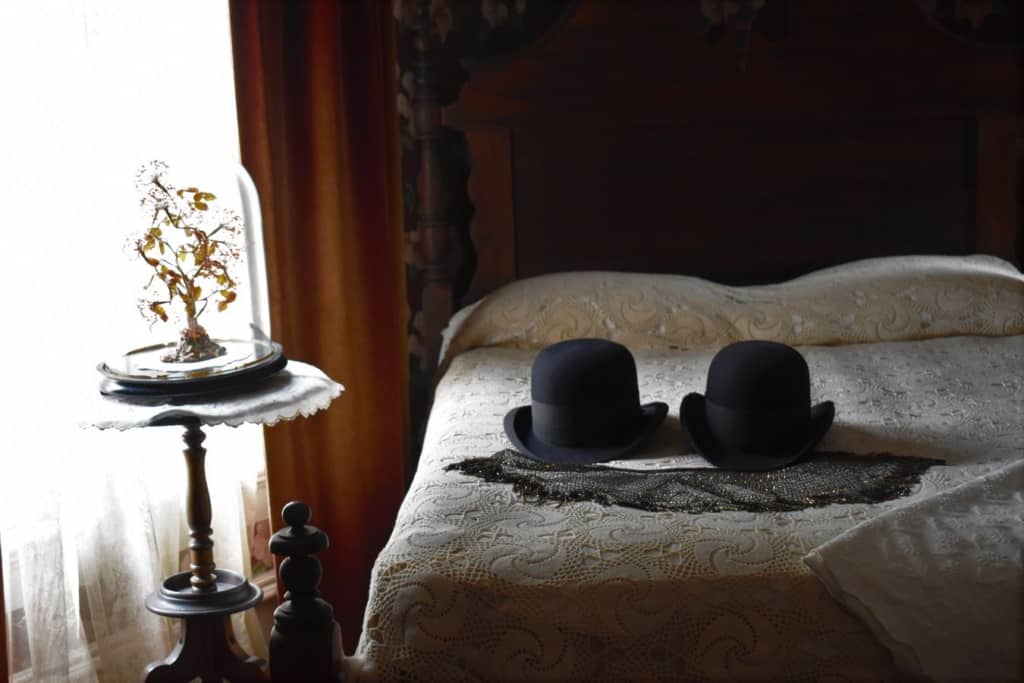
Amazing Collection
John led us to the staircase that allowed access to the second floor. Here we found the bedrooms, which were still filled with furnishings and clothing from the family. This peek inside life during the formative years of the state was very educational. While we have seen many similar pieces, to have them displayed in their original setting increased our understanding of family life in the late 1800s. Mr. Koester rose in prominence as he would become elected as the mayor of Marysville. He served in this role for numerous terms.
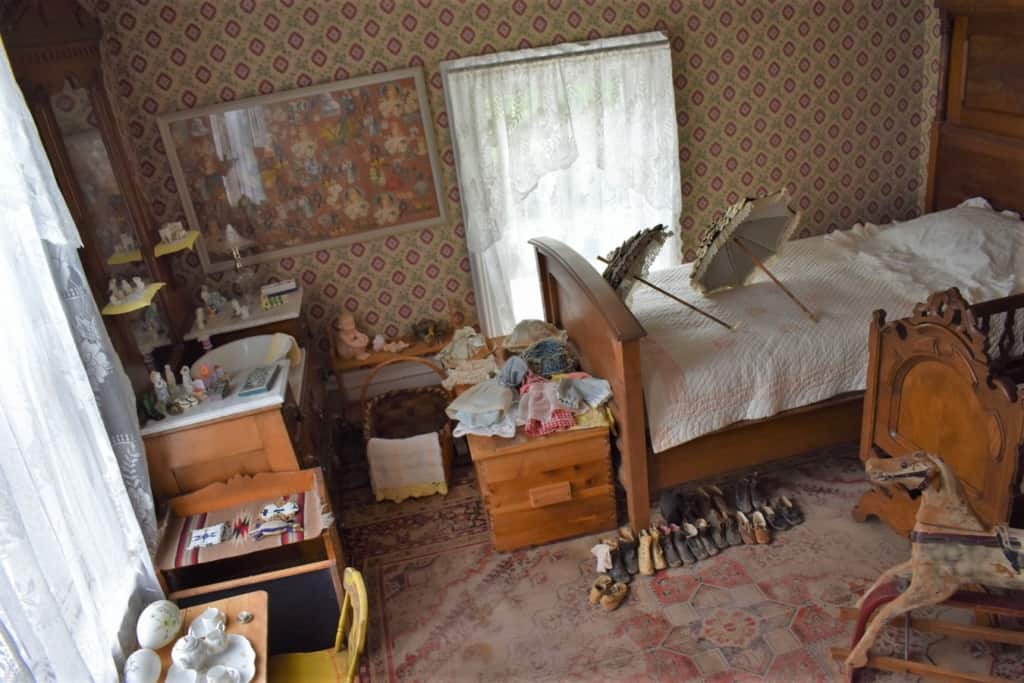
Capturing a Moment in Time
His role as president of the Exchange Bank of Schmidt & Koester fueled the salary that allowed his rise in social stature. This position allowed him to shower this on others in the growing community. The same year the Koester House was constructed, Charles married his wife Sylvia. Together they had three children, but Sylvia passed at an early age of 35.
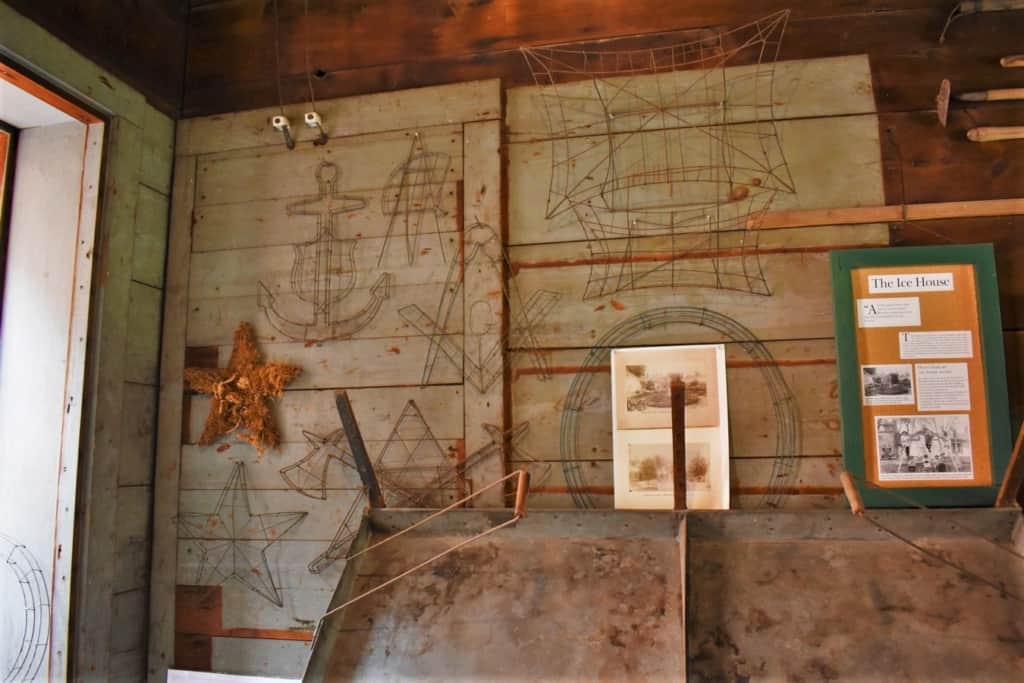
An Unexpected Surprise
After completing our tour of the Koester House interior, it was time to move outdoors. The home has a summer kitchen, gardens, and ice house included on the grounds. The ice house was made with thick walls and a dirt floor. This was designed to store ice from the nearby river, which would hopefully last the family through the summer. Hanging on one of the walls we saw a variety of metal forms used for making topiaries. This was a rare sighting for us and a reminder of the self-sufficiency needed during these early days in Marysville.
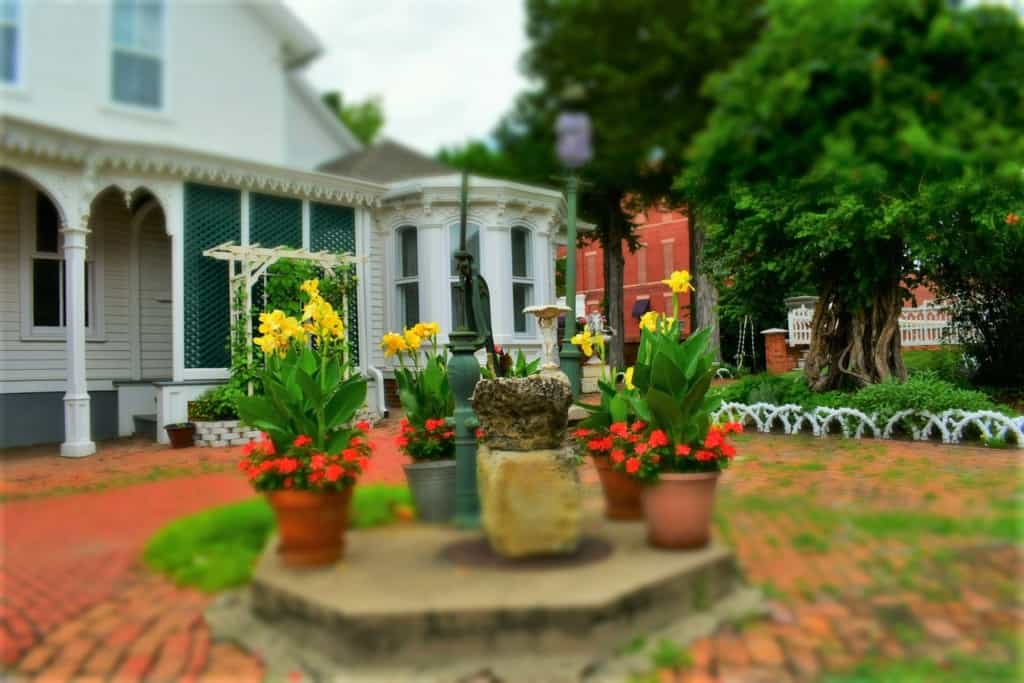
On The Outside
The Koester House has been a visual inspiration for many generations. In 1894, Laura Ingalls Wilder passed the house on the way to Missouri. In her journal, she describes the guarded gates that shelter the entrance to the gardens. Her notes recall the dog and lion statues that protect the stepped gates. Once you pass through the gates, you find yourself in the Koester House gardens. The guardians of the gates are some of the dozen statues that Mr. Koester procured at the World’s Fair.
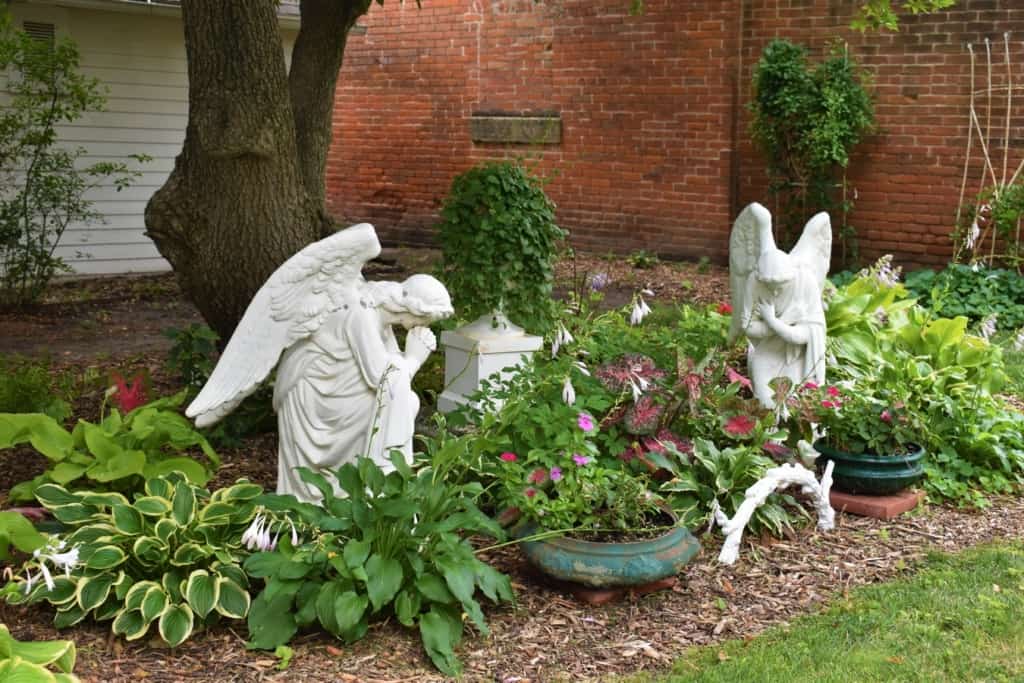
Koester House Gardens
During our tour, John had told us many stories about the Koester House and gardens. Our time here had offered a tranquil visit where we could imagine life in this simpler time. Hidden behind the guarded gates, the hands of time seem to slow and allow guests to experience life at the turn-of-the-century. Our time here had given us a better appreciation of how manual life was during that period. Even with all of the luxuries, there were still so many menial tasks that were required for daily life. It makes us truly appreciate the modern conveniences that we have in every aspect of our lives. How would you have liked to live in that time period?


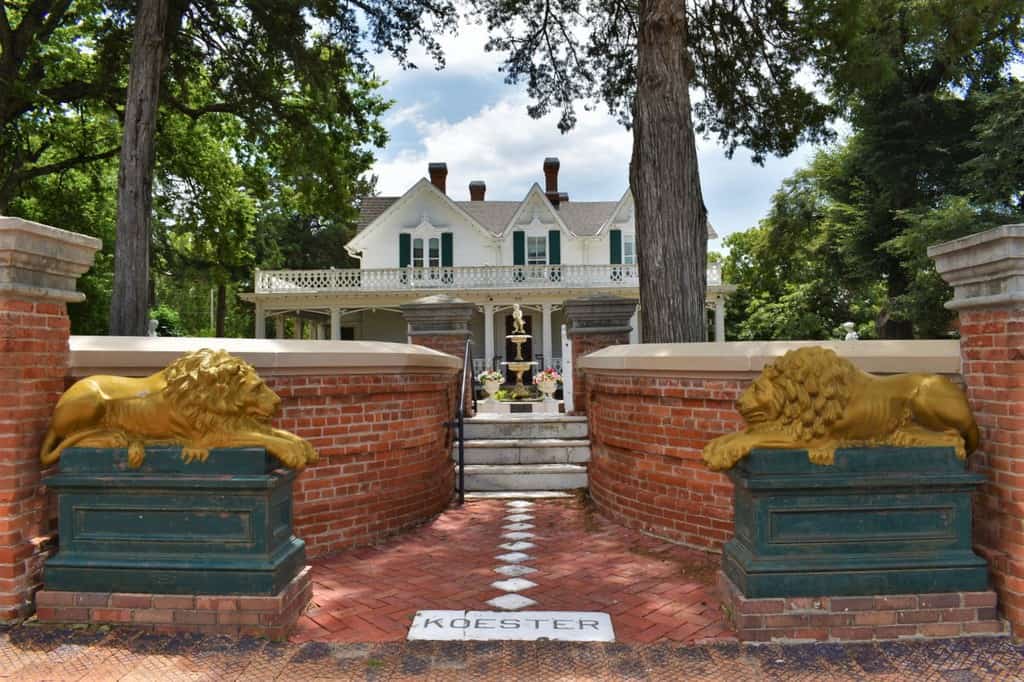
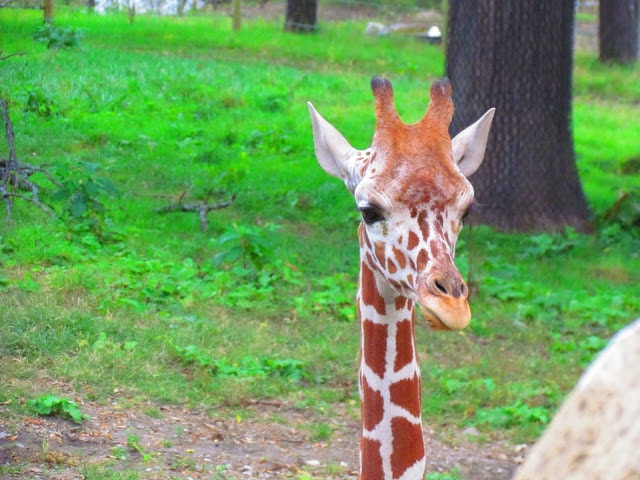


Enjoyed , I sort of had some of those things. I had to go outside to bathroom and also to pump water to bring into our home. A pump similar to the one they had inside their home, so I’m not too far from that living, so thanks.
We are glad this article brought back those memories.
Loved this piece. It showed the wonderment you experienced while getting the tour because it was ably guided, perhaps, but also because there were the original details in their original setting.
Thank you. The tour was really educational. It was so unbelievable that all of the pieces were the ones that actually belonged to this house.
Everything is so intact that it looks like the inhabitants left to take care of a chore! 🙂
That is a great observation.
Love these kind of finds. Allows us to truly romanticize about a time long past. We have a similar site here, Koreshan State Park. Loved this article.
Glad that you enjoyed the article. Keep seeking out these unique sites.
How exciting to feel like you’d stumbled into their house just the way they left it. The house and furnishings remind me of other historical houses I’ve seen, but you’re right — having the original belongings there is quite unique. There’s so much history to explore in small-town America, isn’t there? Fun!
Absolutely! It was just like dropping by and finding the family out for the day.
I love to visit historic homes and it is definitely a treat when they are furnished with the original pieces. The Koester House sounds/looks like a gem! I especially like that floral china.
We find that each home introduces us to a nuance that we have never seen before. It’s like a living history lesson.
I like the contrast between the luxurious home and the simple pioneer dwellings that others lived in. As you say, the Koester House must have been quite a revelation to the locals!
It certainly was. It used to be called “The Most Beautiful House in Kansas”.
I love visiting places that take us back in time and so appreciate all the details you found here. Seeing a table set for a meal is like time traveling. The garden is lovely. Imagining what it took to get those statues back from the fair! Great pictures too.
Thank you. Too often we imagine using modern conveniences when in reality our predecessors had to work with more manual processes.
It’s hard to imagine that there were only about 20 homes in the town in those days. Nice piece.
Can you imagine being one of the neighbors who lived nearby this magnificent home?